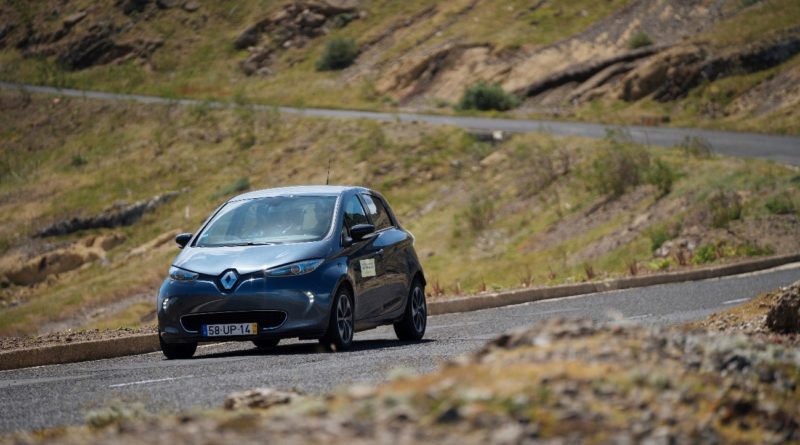High Energy and Safe Lithium-Sulphur Battery Cells
A year ago, LISA, standing for “Lithium sulphur for safe road electrificationâ€, a research and development project, was granted 7.9M€ by the European Union’s Horizon 2020 programme to develop a high energy and safe lithium-sulphur battery for cars. The consortium led by Leitat and gathering 12 partners aims for 43 months to improve this technology and bring it closer to the market.
LISA is focused on optimising Li-S components and cells through new and significantly improved materials and innovative processes. This project directly builds on the results of the EU’s H2020 project ALISE, focused on the development and commercial scale-up of new materials and on the understanding of the electrochemical processes involved in the lithium sulphur technology, which Leitat also coordinated.
Lithium-sulphur cells have three main advantages: only 10% of the sulphur theoretical energy density has been reached, lithium-sulphur cells are twice as light as lithium-ion cells and free of critical raw materials. Thus, improving lithium-sulphur batteries could be a key factor for mass scale adoption of electrified vehicles.
In this context LISA proposes the development of a high energy and safe lithium-sulphur battery cells with hybrid solid state no-flammable electrolytes for automotive integration. The cell aims to be validated at 20Ah according to EUCAR industrial standards. In addition, LISA will solve specific lithium sulphur bottlenecks such as the metallic lithium protection, the power rate, and the volumetric energy density. A target has also been set for production cost, as it is the main selection criteria for EV batteries.
Moreover, the outcome of the project in terms of new materials, components, cells, and manufacturability will be transferable to other lithium-anode based technologies such as Li-ion and solid-state lithium technologies. As such, LISA will have a large impact on existing and next-generation EV batteries, delivering technology with higher energy density beyond the theoretical capacities of chemistries using CRM – i.e. natural graphite and cobalt – or silicon-based chemistries inherently limited by their manufacturability.
The sustainability of the technology will be assessed from an environmental and economic perspective. Recycling safety, recycling cost and commercial product optimization should be all considered in order to implement a sustainability, and cost-efficient recycling process.


